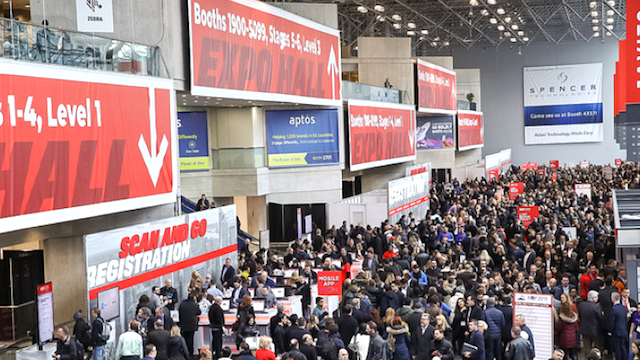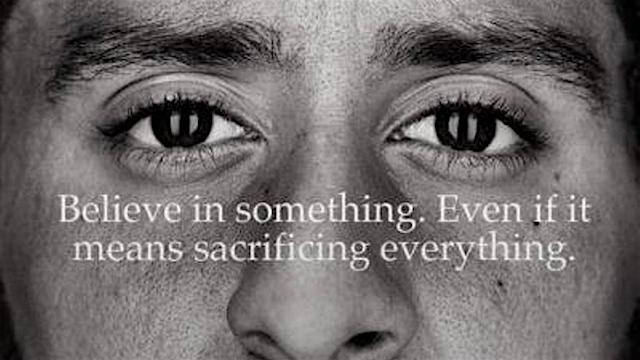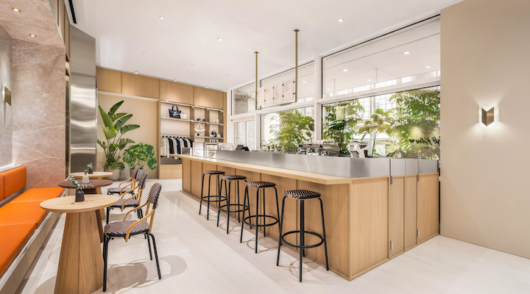The 2019 Big Show opened with the head of the NRF, Matt Shay, re-quoting Mark Twain’s famous phrase “rumours of my death have been greatly exaggerated” in reference to the so-called retail apocalypse that was meant to have decimated the industry.
But I’m pretty sure no one forecast retail – or commerce – dying. Rather, the retail apocalypse was all about a change in the distribution model that drives this industry from physical stores to a fragmentation of channels. And this has killed some retailers: Sears, The Limited, Toys ‘R’ Us, Payless Shoes, Teavana, Bebe, etc.
In an environment where there were nearly 7000 stores closures over the last year and consumer spend increased 4.8 per cent, of course, for those who survived, it feels like the predictions didn’t come true. They now have slightly less competition and more spend available to them. Maybe the Mark Twain quote “all you need in life is ignorance and confidence and then success is sure” would be more appropriate to describe what actually is going on.
The false optimism, or what I would call denial, exemplified by some of this year’s speakers was spiked with moments of true honesty, as industry observers like Recode’s Kara Swisher and L2’s Scott Galloway and retailers like Walgreens, Lowe’s and current darling Walmart, stared into the looking glass.
In fact, these moments of honesty provided the most insight into how businesses are resourcing themselves to face and create their future, and more than that: what the future they are observing and creating will hold.
Here are my top three ‘truths’ from these vanguards:
For those of you not familiar with this particularly millennial term, ‘woke’ is a call-to-action to ‘wake’ up to the repression and injustice that sits around you – be that gender or sexual discrimination, or racial or social injustice. At its heart, it speaks to the fact that as a society we are continuously becoming more progressive. We are not becoming more conservative.
To see this, all you have to do is look at movements like #metoo, the push to have more women in leadership positions and Black Lives Matter. For those of you betting on things returning to the ‘good old days’, I would definitely think again.
The concept of ‘woke as a business strategy’ was raised by Scott Galloway in his controversial keynote. He used Nike as a key example of this and its decision to use Colin Kaepernick in its now lauded marketing campaign.
Galloway stated, quite cynically, that this was not just for the sake of expressing a political opinion but to appeal to their consumer: urban liberals who can afford to spend $120+ on shoes.
His point is solid, the chance that you’re urban and have a high income will correlate to the fact you hold a liberal preference (and progressive attitudes that go with that). The result, as we know, is that this ad helped Nike add $6 billion to its top line.
Another, perhaps more authentic, example is Patagonia. I say authentic because their purpose is to save the planet, as evidenced by the fact that they actively encourage their customers not to buy things: they will repair customers’ old Patagonia items, they don’t do Black Friday, they carefully manage their supply chain, they’re going to be carbon neutral by 2025 (across their entire supply chain) and the list goes on.
This is a business that equally appeals and inadvertently plays in the ‘woke as business strategy’ space. In 2012, when they ran their famous ‘Don’t Buy This Jacket’ ad, their sales rose 30 per cent over that year. This is a brand that has always spoken to a progressive customer, but now that progressive customer has grown and grown and has a lot more spending power.
I predict this ‘woke’ movement will continue to grow as it’s really only in its infancy – loud as it may already be. Within this movement is something very serious to think about: If you have a corporate social responsibility program or foundation, consider how that might move from a separate entity to part of your business. Using business as a force for good.
Companies, just like governments and high profile individuals, will be rewarded as well as held ransom for their actions by this new ‘woke’ movement.
The delivery economy
We’ve all heard about the experience economy, but this economy only exists because of its sister: the delivery economy. Just think about that for a second. We increasingly don’t need to go to stores – particularly for replacement purchases and commodity items and for store experiences that are on parity to online stores – because of the consumer shift and huge retailer investment in delivery and logistics.
The delivery economy – though less is written about it than its sister – is the future of retail. This economy is driven by becoming faster (reduced time to delivery) and getting closer (to the customer).
This week saw many highly sophisticated retailers, such as Walmart, JD.com and Alibaba speaking loosely about their customers never having to go to a store (unless they want to for experience) and, in future, never having to leave the couch. This signaled a shift from just store-to-door delivery to delivery moving into the home and, in the case of food, into the fridge.
This notion is already well underway. For those of you keeping an eye on Amazon, you will have seen they launched ‘Key In Home Kit’. This will allow them to deliver packages inside the front door, but you can imagine they could up being placed in your wardrobe, fridge or pantry.
Harlan Bratcher of JD.com spoke about the ‘Like, Love, Delivery’ service they have for luxury fashion goods in China, where orders are delivered to the customer’s door in two hours by a person in a black suit and white gloves. Pretty fancy for the delivery economy, right?
I expect this year will give more air time to this less-sexy counterpart to the experience economy. Retailers will see that the physical environment will mostly play in the experience economy, but for most, the volume of business will play in the delivery economy.
No doubt the delivery economy is a race that will continue to heat up in Australia as we realise a fundamental truth of human behaviour: we’re wired to be lazy and will always choose the easiest option.
Retail-as-a-service
A key quote that stuck with me from commentator Kara Swisher’s talk was, “If you don’t think Uber is in retail, then you’re not paying attention”.
This is inherently true when you think about it. Uber has nailed seamless payment and logistics. Where the company will truly become a threat is when they turn this service into a platform for third parties to use. This concept is known as platform-as-a-service. It’s essentially the Amazon business model, where you take a part of your business, say the back end that powers your website, and commercialise it for third parties to use. In Amazon’s case, this is web services, or AWS.
If you take this one step further, we have a move by retailers into retail-as-a-service (RaaS). That is using the store, logistics or key components of business for the paid benefit of others. Yes, you could call this collaboration, but let’s be honest: The reason businesses do this is for commercial gain, so the concept of RaaS is more appropriate.
There were plenty examples of this at the Big Show, from Walgreens allowing Kroger to stock a limited amount of their grocery products and offer click-and-collect at pharmacies, to British online retailer Ocado helping Kroger with their logistics and online disruption across the US. And then there’s Walmart and its partnership with Google Home, which is an obvious ploy to overcome Amazon.
In the future, making money and creating growth in retail is going to require thinking beyond B2C and asking what assets you have that you can sweat.
Welcome to a world where revenue isn’t just about consumers buying your product or service but about businesses, that may have been your competition, paying you for business services.
Wrap-up
There were many more truths, trends and plenty of tactics like computer vision, artificial intelligence, virtual reality, etc. But it’s important to note these tactics are just that: they fall out of a larger need on behalf of the customer.
To sum up, this year really was all about retail rejuvenation. A year of both false optimism – which will no doubt come to a head as the consumer make-up continues to change – and bravery form those willing to not just face but create their future.
It’s only fitting to close with a final quote from Mark Twain, which I think sums up why some are succeeding in retail at the moment: “The secret to getting ahead is getting started”.
Pippa Kulmar is the co–director of RetailOasis, a business consultancy dedicated to creating the future of retail. She is sharing her impressions and takeaways from NRF’s Big Show with Inside Retail.
This story first appeared on our sister site Inside Retail Australia.







